While many of the new hotels hew to the whitewashed Manrique vernacular, La Casa de los Naranjos is a period-accurate conversion of an early-19th-century manor house in the sleepy northern town of Haría. The building still has the original orange garden and library—rare in these parts—with an Underwood typewriter and antique tomes. Owner José Antonio García fell in love with the house on a family holiday and left an engineering career in Madrid to restore it, using original woods where possible and filling it with antiques bought at auctions in the city. Eight grand rooms feature enormous bathrooms with freestanding tubs, chandeliers, and reclaimed-wood vanities. For all the oil paintings and black-tie service at breakfast, the house is streaked with light, and García’s beloved Irish setter, Balbo, keeps the ambience the right side of formal.
César Lanzarote, La Asomada
Lanzarote has long been home to unfussy indie B&Bs and seafront grandes dames such as the storied Hotel Fariones, built in 1966. The 20-room César Lanzarote, with a striking pool and terrace, is a full-service boutique hotel worthy of the Balearics. It’s also the first with a true connection to the influential local designer César Manrique; the original 1930s house belonged to Manrique’s father, Gumersindo. As with the Menorcan sister hotels Amagatay and Morvedra Nou, part of the Numa Signature group, the building’s interiors were overseen by the Spanish designer Virginia Nieto. She has created a biophilic soft green scheme within the bones of what also once served as a girls school. The organically shaped pool was inspired by Manrique’s Jameos del Agua and is surrounded by black-and-white-striped loungers and a striking piece of Cubist-style wall art by Manrique’s cousin Eduardo. The restaurant, which uses produce from the gardens, is already among the best on the island. Renowned Madrid chef Juanjo López is the brains behind creative dishes such as avocado with mojo sauce and crispy fried moray eel, which pairs well with the smoothly complex César house volcanic wine.
Terroir vision
Food in Lanzarote is more about provenance than fireworks, with standard menus offering dishes such as wrinkly, salty Canarian potatoes and grilled octopus with mojo sauce, as well as garlic prawns and other tapas staples. In La Geria, El Chupadero bodega is a peaceful spot to watch the sun go down over Timanfaya National Park, ideally with a plate of bacon-wrapped dates and an El Grifo white. The local Malvasia wines, grown in the fertile volcanic soil, are a mineral revelation. More-established wineries are being joined by innovative alternatives, including the natural-wine maker Bodega Cohombrillo. Another local tipple is the Canarian Barraquito, made with coffee, condensed milk, cinnamon, and Licor 43, which is available just about everywhere. For a proper flat white, Mura in Teguise is a hole-in-the-wall café and pop-up boutique owned by Georgia Coles, who grew up in La Geria before embarking on a career as a creative director in London. It’s also worth eating at one of the Teleclubs. Found in most villages, these date back to the Franco days, when most households didn’t have a TV. Now they double as community hubs, often with old-timers playing lawn bowling or card games. There’s culinary artistry too: At the decade-old Ikarus in Teguise, owners Carlos Martínez and Luisa Cabrera serve local prawn carpaccio or artichoke hearts and foie gras with passion. The set menus are more adventurous down the road at the Michelin-recommended restaurant of the mulberry-wood-floored Palacio Ico hotel, where chef Víctor Valverde, a veteran of the Spanish restaurant Martín Berasategui, gets creative with local ingredients such as La Santa prawns and black pig cheeks.
The main man
César Manrique’s influence is everywhere on Lanzarote, but it’s possible to tour the dozen or so places that he actually designed. The two houses that most channel his distinctive, nature-facing Bond-lair aesthetic are LagOmar, built into the cliffs of Nazaret, which Omar Sharif famously lost in a game of bridge, and the Taro de Tahíche, now home to the César Manrique Foundation, where the artist built a spectacular home into five natural volcanic bubbles; globular black lava seems to roll through one of the windows. The quintessential Manrique pool (sadly, you can’t jump in) is at the Jameos del Agua lava caves in the north, where there’s also a volcanic tube housing a pond filled with tiny blind albino crabs. The Jardín de Cactus emphatically delivers on its name, and the Mirador del Río is essentially a café built into the cliffside. Its spiral staircase and wrought-iron ceiling sculpture are pure Manrique, and the views across to the island of La Graciosa are epic, if inevitably selfie-inducing.
New artisans
Tiny Teseguite in the north is an unlikely hub of creativity. Visitors can request an appointment at the small, light-filled atelier of the Basque-born ceramist Eguzkine Zerain, whose bubble-effect bowls are worthy of hand-luggage space. Down the road Galería de Arte is a triple threat: It offers the chance to browse both the colorful ceramics and whimsical abstract art of the German couple Stefan Schultz and Anneliese Guttenberger and also to stroll the courtyards of their gallery-home, with its sleeping cats and figurative sculptures. Further north, in Haría, it’s more rough-and-ready at Ceramica Canaria, where the wild-bearded potter Joaquín Reyes Betancort gives impromptu classes on his curious sculptures and almost-cracked pots, made with local clay, ash, and—for ecological reasons he’ll happily expound upon—no glazes. At Timijota Studio in Tinajo, Carlos Martínez Arrocha runs workshops for those who want to re-create his ceramics, which are inspired by lava and the symbols of the Canary Islands’ Indigenous Guanches people.
Bays, lagoons, and lava
The volcanoes of Timanfaya National Park in the west erupted between 1730 and 1736. The park is touristy but worth it for the views and the Manrique-designed El Diablo restaurant, with its circular glass walls and chicken cooked by using the heat of the volcano. For something more peaceful, there’s an eerily timeless, sound-muffled quality to the caldera of Cuervo Volcano, reached via a serene 15-minute stroll from the parking lot. For the beach, everyone goes to Papagayo, a series of cliff-cocooned bays with turquoise waters in a vast golden landscape. The bays are stunning, especially early or late in the day, but the unpaved road out is bumpy and often busy, given the water’s proximity to the Playa Blanca resort. The Los Charcones natural rock pools to the northwest are magnificent and swimmable at low tide, and the nudist-friendly black-sand Playa Quemada is a quiet spot for lunch and a dip. Some of the best swimming spots are on the north side of the island, including the long surf beach at Famara, overlooked by a striated ridge, and the Caletón Blanco lagoon, which has echoes of Iceland’s Blue Lagoon. The best of all might be Las Conchas on La Graciosa, a half-hour ferry ride from Órzola and then a bumpy ride along a dirt track on a bike or four-wheel drive. With its white sand, aqua blue water, and view out to the zoomorphic Montaña Clara island, it feels as if time has stopped on the edge of the world.
This article appeared in the December 2024 issue of Condé Nast Traveler. Subscribe to the magazine here.

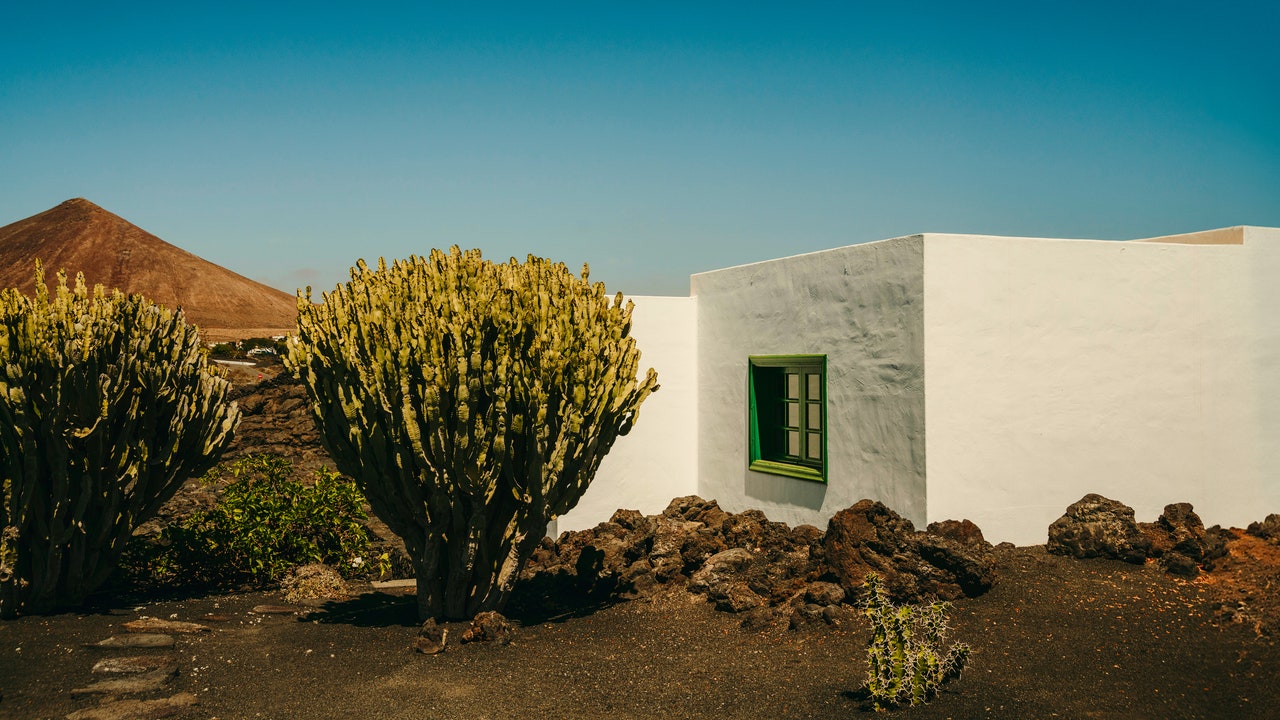













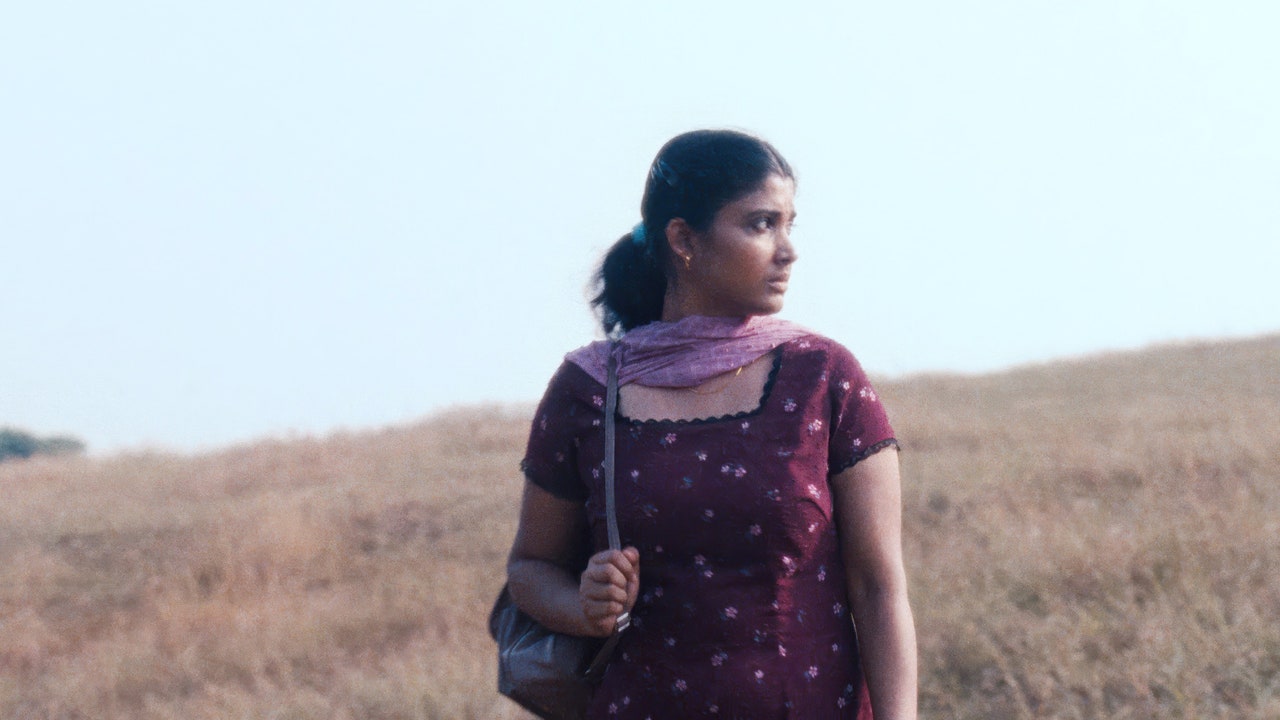
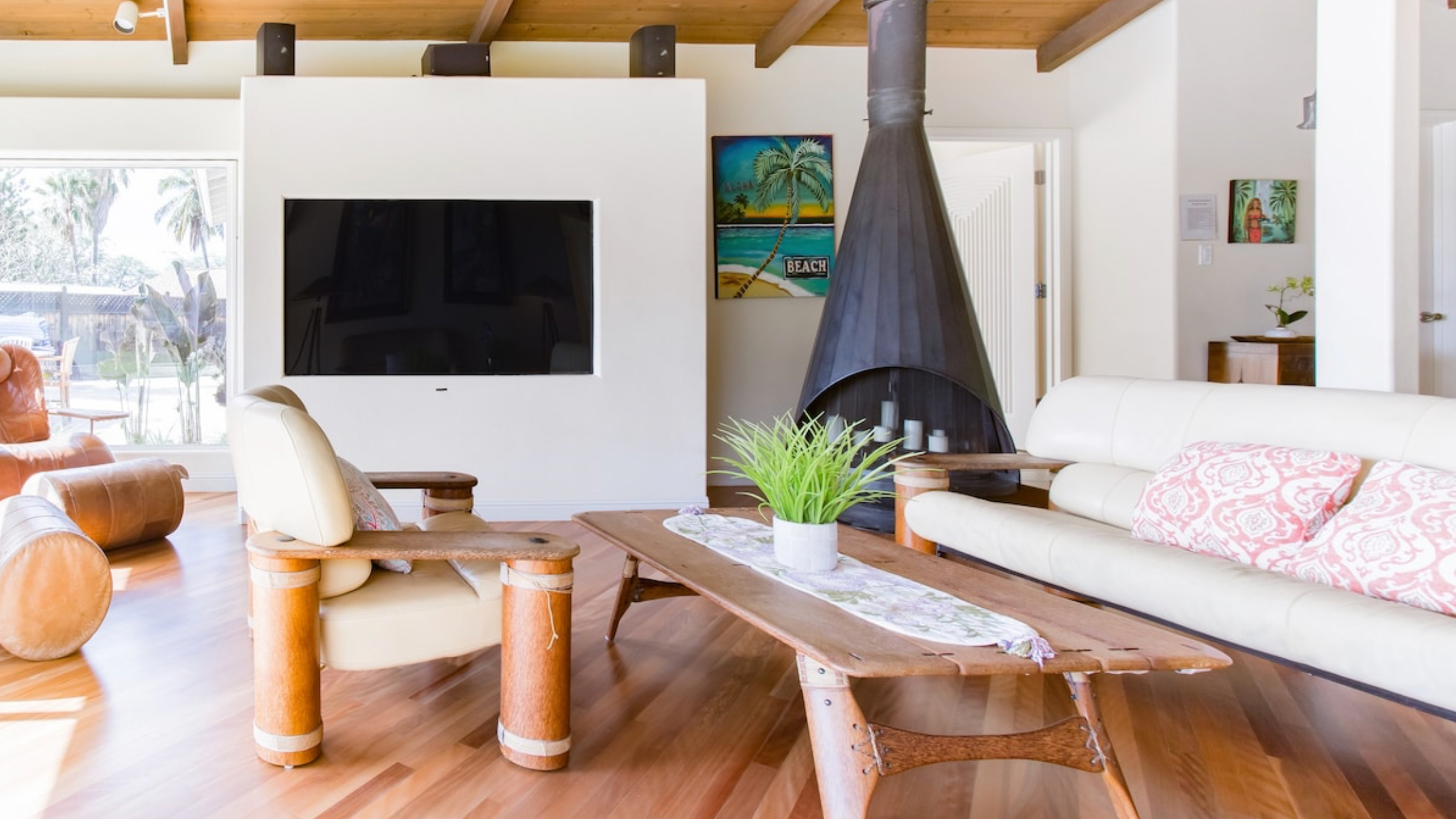

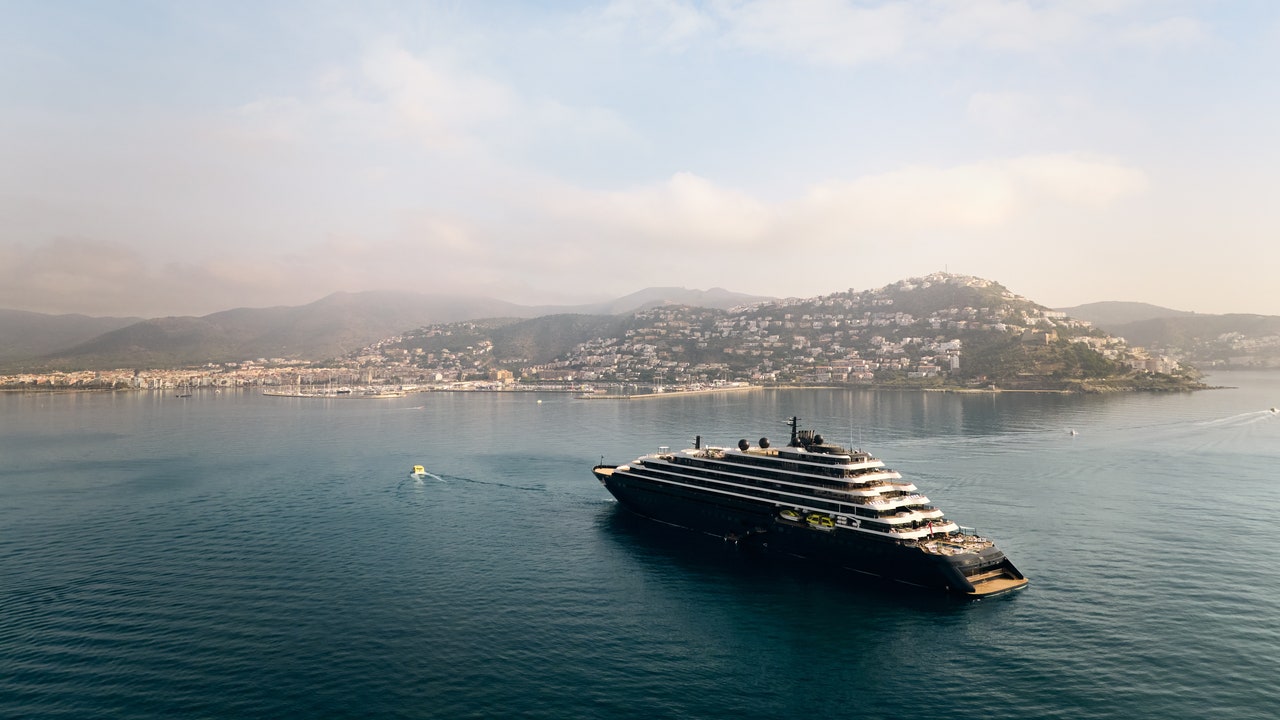
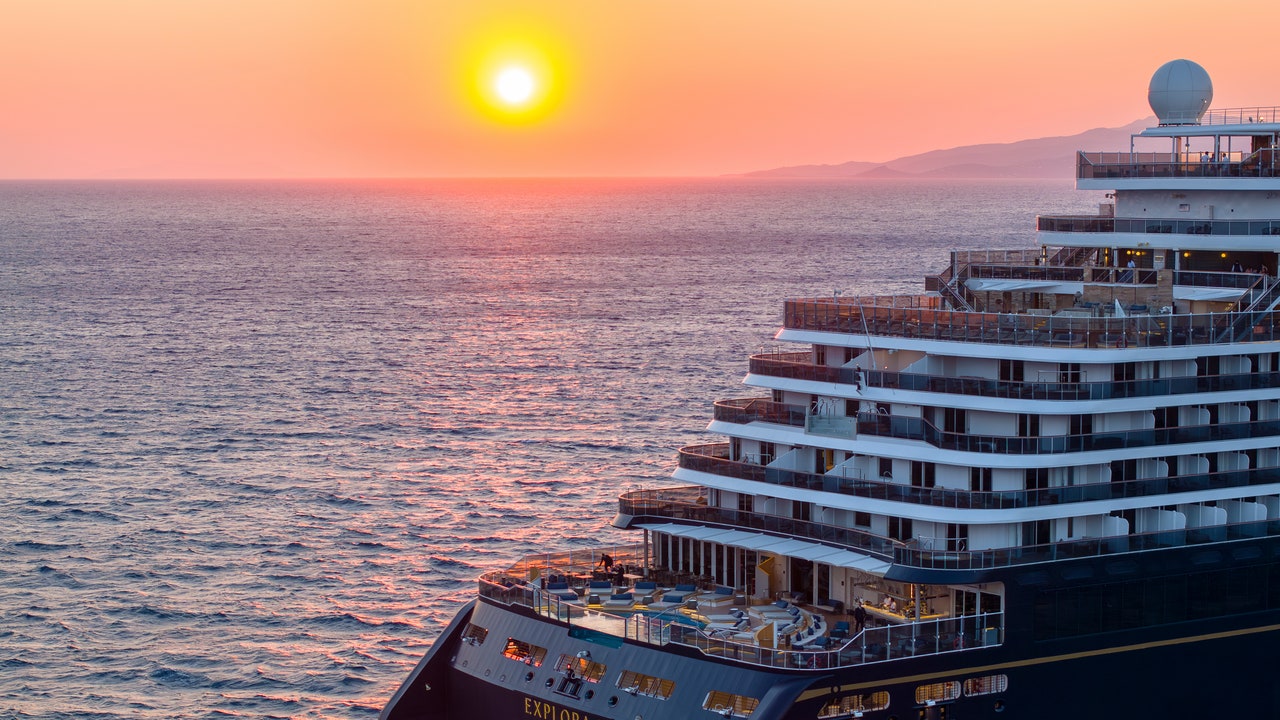
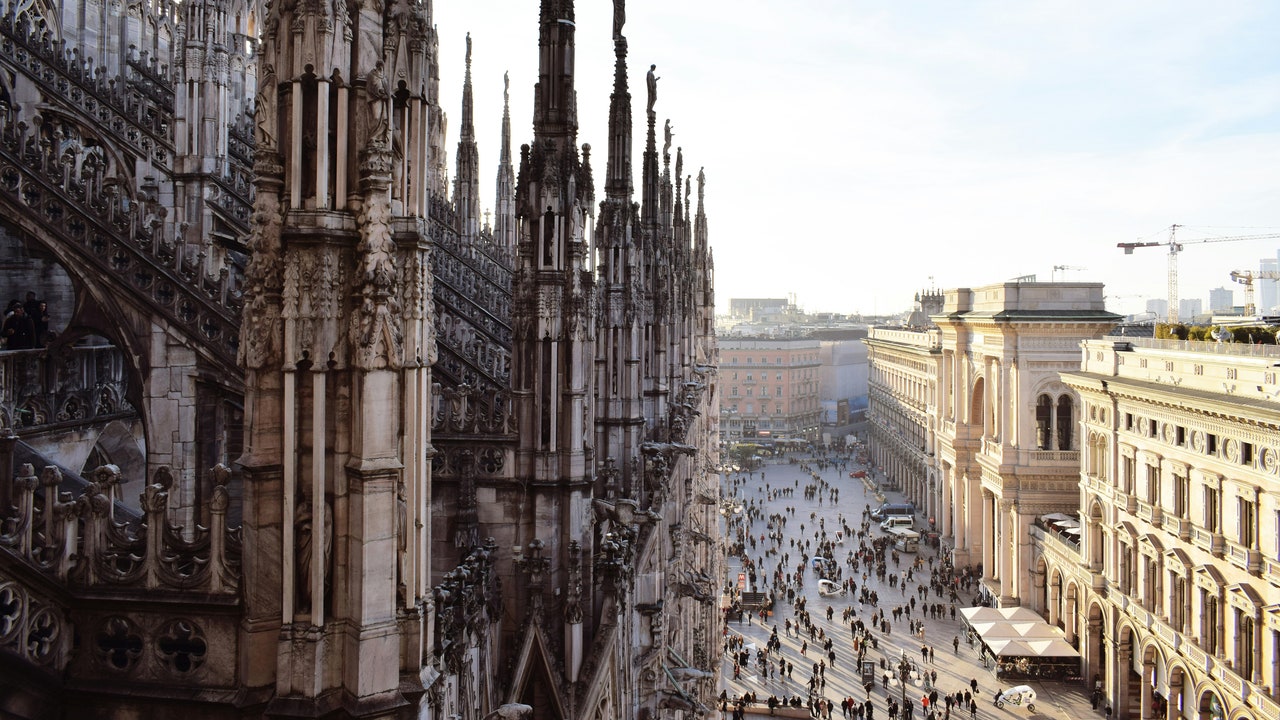
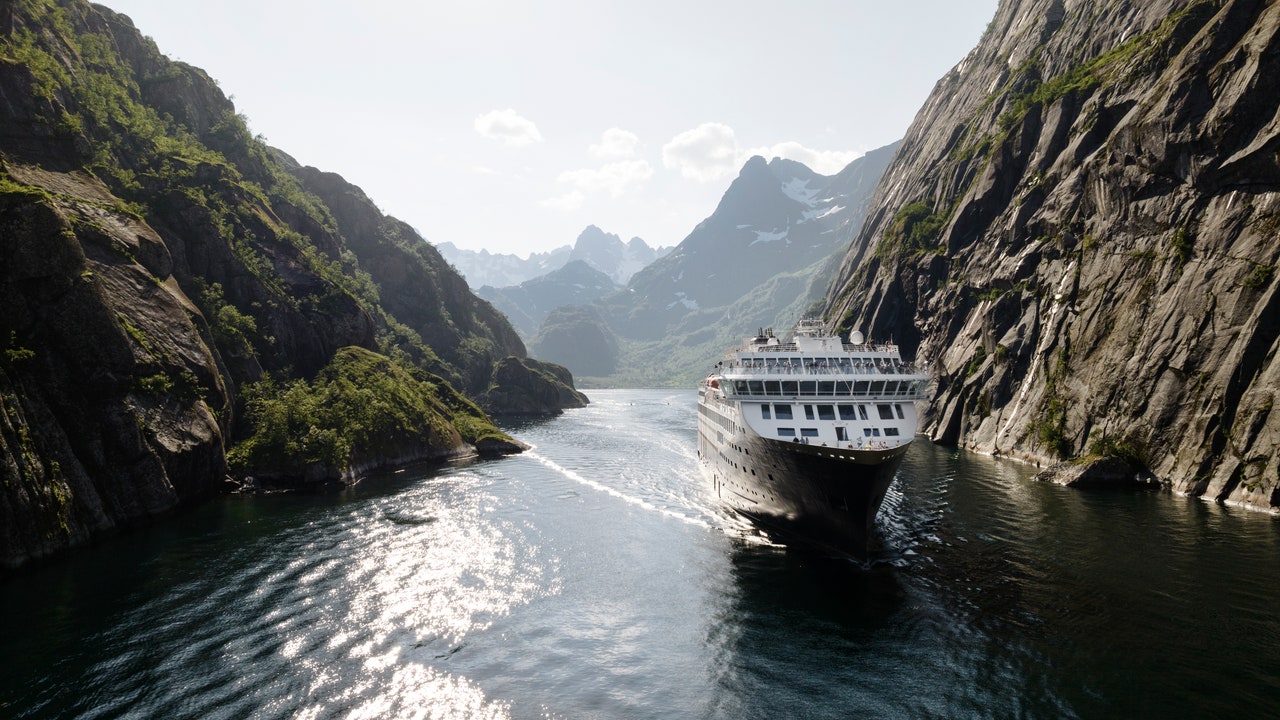


Leave a Reply